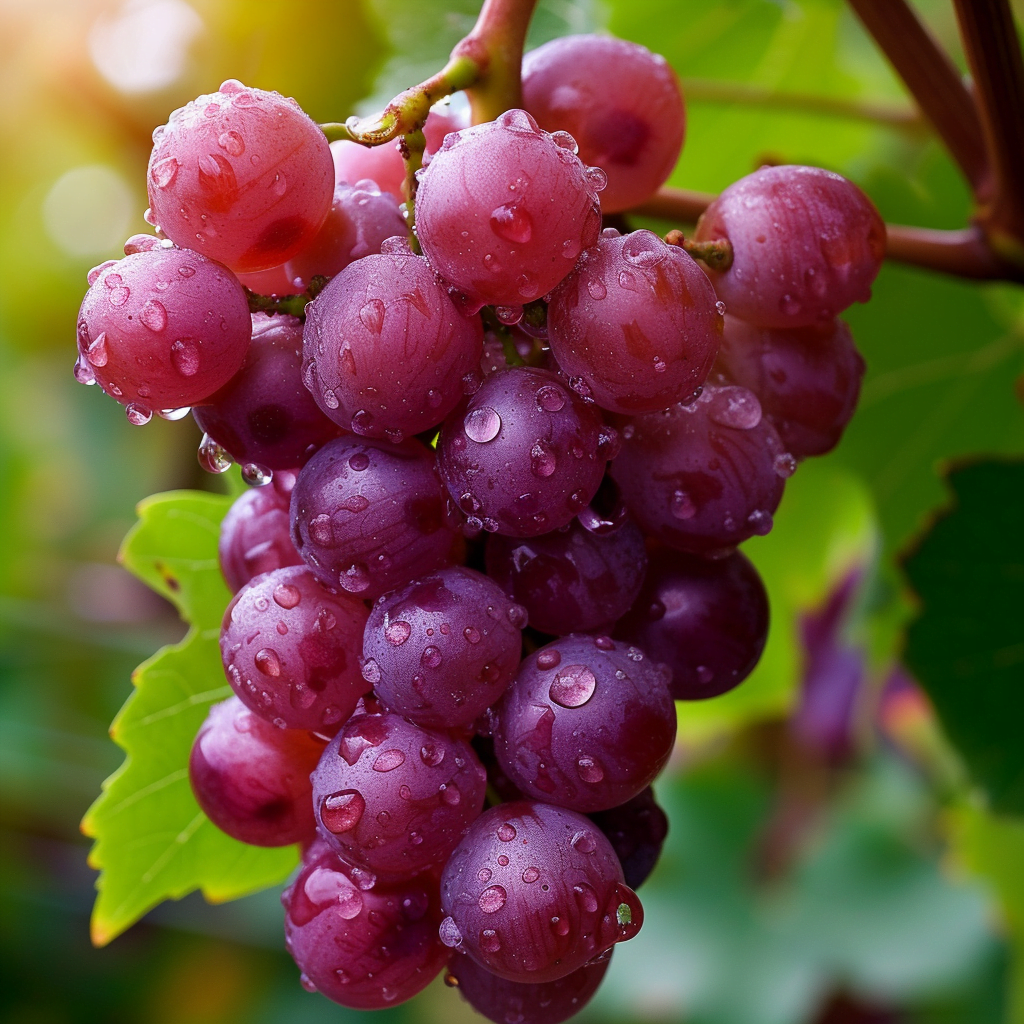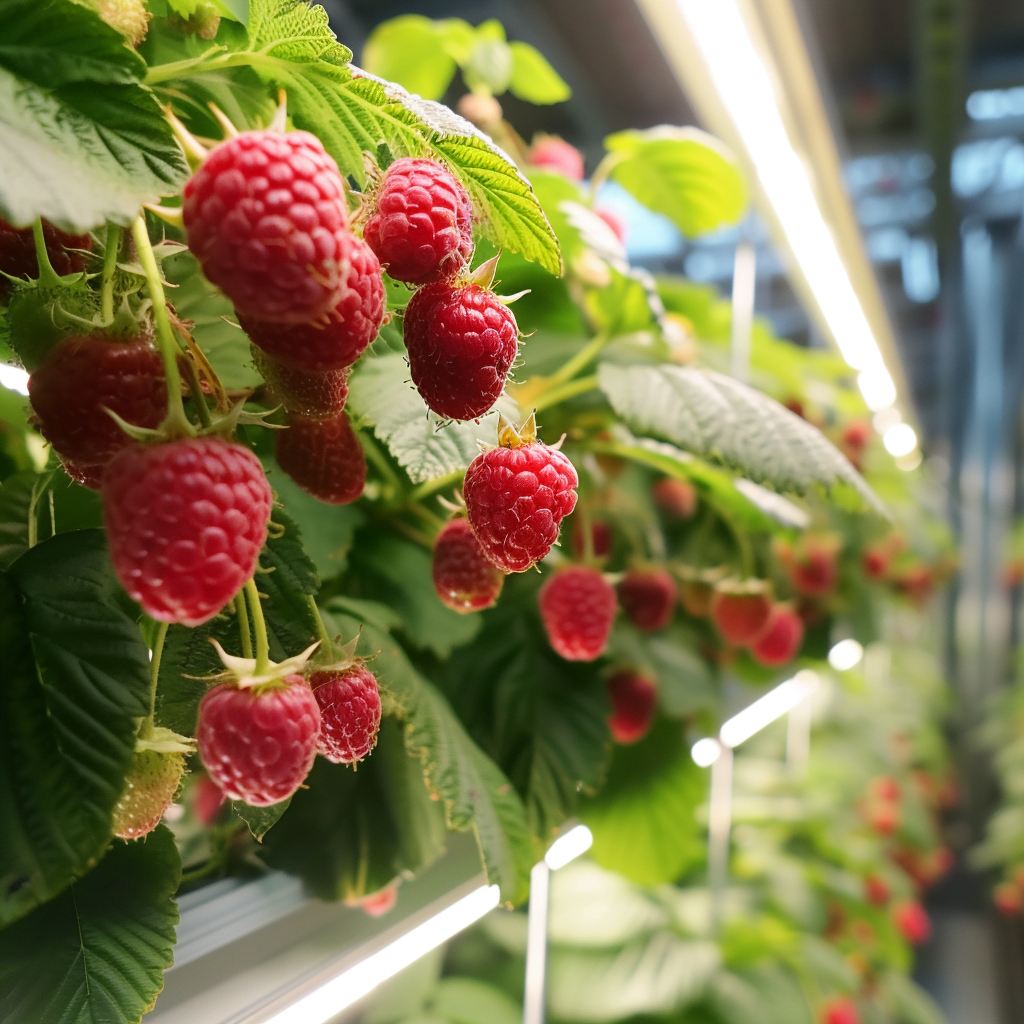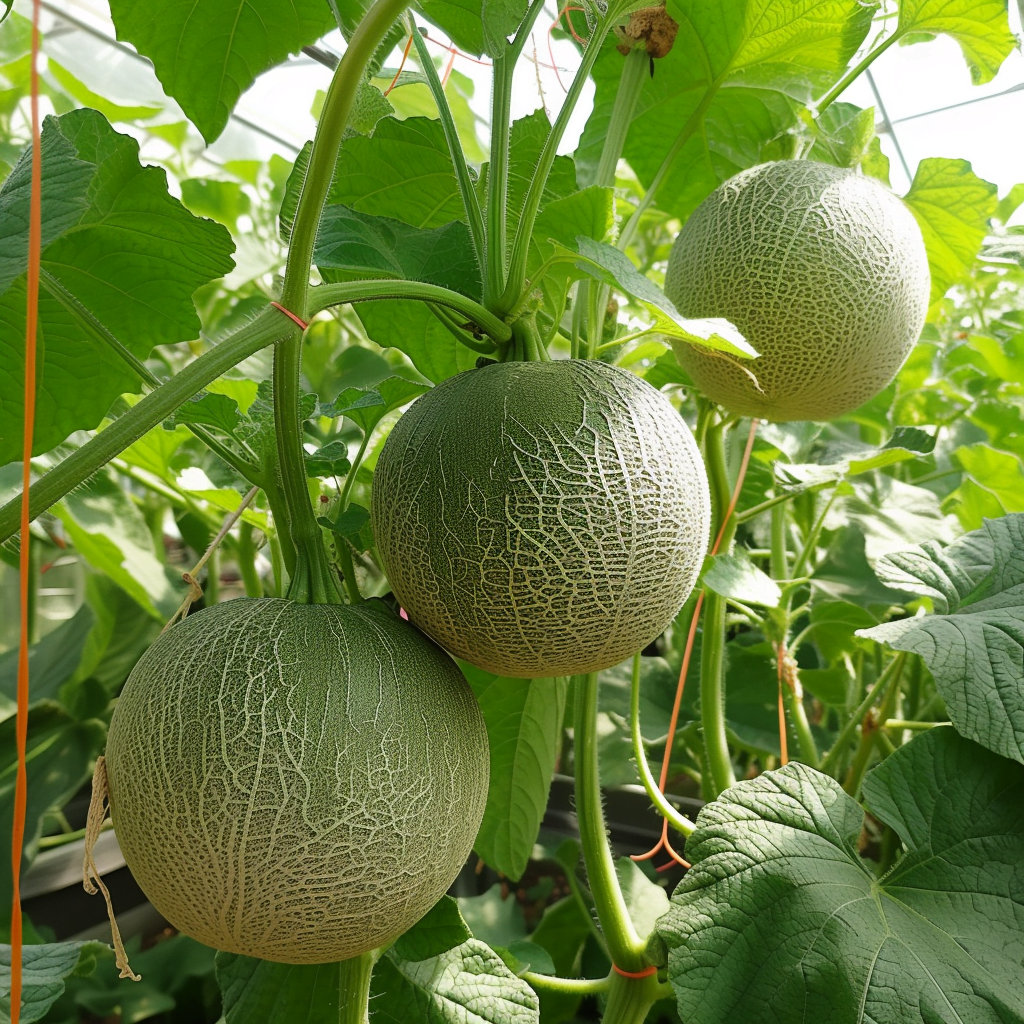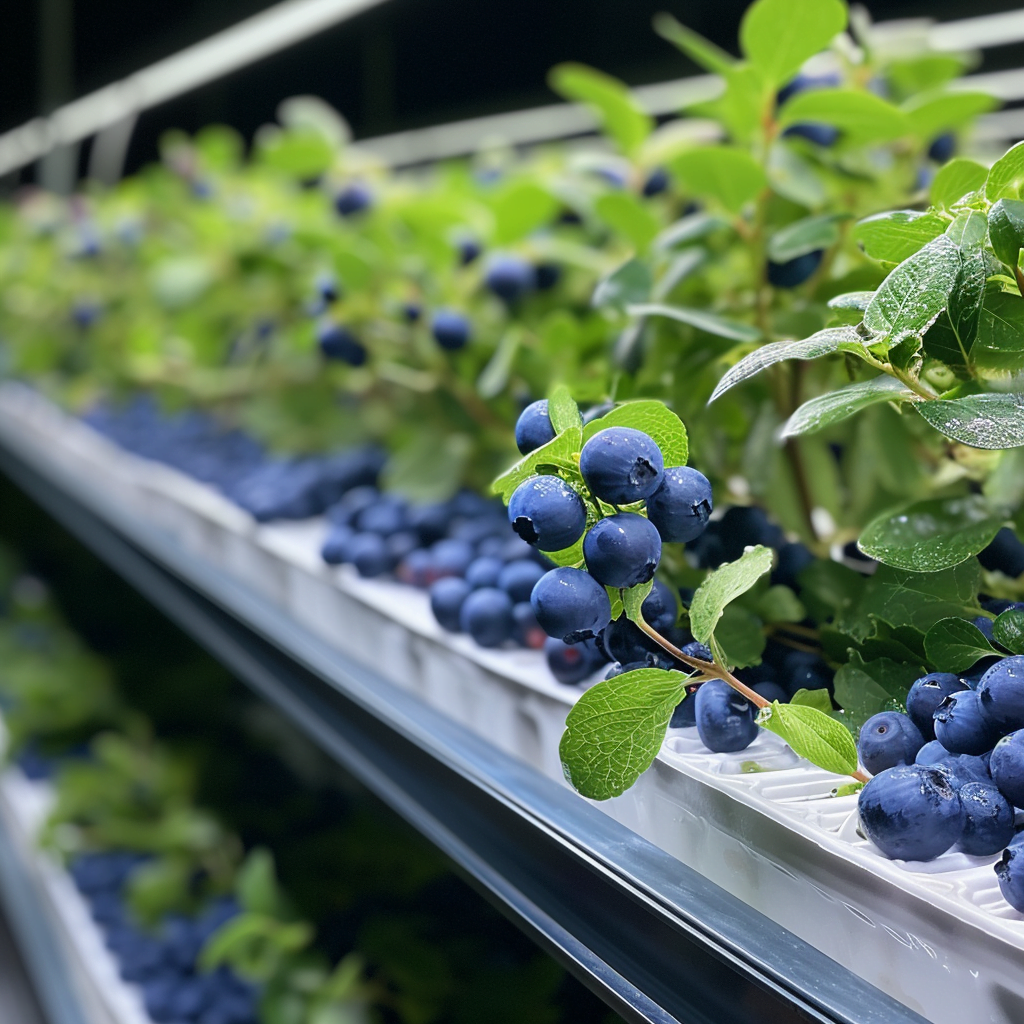Introduction
Hydroponics is a method of growing plants without soil, using mineral nutrient solutions in a water solvent. With hydroponics, the nutrients that plants need are delivered directly to the roots, allowing for faster growth rates, higher yields, and easier control over nutrients.
With the right setup and conditions, most plants that are grown in soil can also be grown hydroponically. But what about grapes? Can I Grow Grapes Hydroponically?
Overall, yes, grapes can be grown hydroponically. While it presents some unique challenges, hydroponic grape growing offers several potential benefits over traditional in-ground grape cultivation. This article will provide a complete guide to growing grapes hydroponically, covering the pros and cons, best systems and practices, optimal grape varieties, and care and maintenance considerations.
What are the Benefits of Hydroponic Grape Growing?
Here are some of the top reasons you may want to consider growing grapes hydroponically:
- Faster growth rate – With direct access to nutrients and ideal conditions, hydroponic grapes can grow significantly faster than soil-grown grapes. You can expect to harvest your first crop in 1-2 years vs 3-4 with soil.
- Higher yield – Hydroponic grape vines can produce more grape clusters per plant in a smaller space than soil-grown vines.
- Lower disease risk – Soil-borne diseases are avoided with hydroponics. And the controlled conditions make it easier to prevent fungal diseases like powdery mildew.
- Precise nutrient control – It’s easier to monitor and adjust the exact mineral nutrients grapes need for optimal health.
- Grow out of season – With an indoor hydroponic setup, you can grow grapes year-round, independent of climate or season.
Challenges of Hydroponic Grape Growing
While hydroponics offers advantages for grape cultivation, it also comes with some unique challenges:
- Expertise required – Dialing in the right conditions and nutrient formula for grapes takes more specialized knowledge than soil gardening.
- Higher startup costs – The hydroponic equipment, nutrients, and greenhouse or indoor growing setup require more upfront investment.
- Careful monitoring – Regular monitoring of pH, EC, and nutrient levels is a must to prevent issues.
- Disease prevention – Measures must be taken to prevent root rot and fungi, which spread quicker in centralized reservoirs.
- Temperature control – Grapes thrive best at temps between 60-90°F and high humidity, which must be maintained.
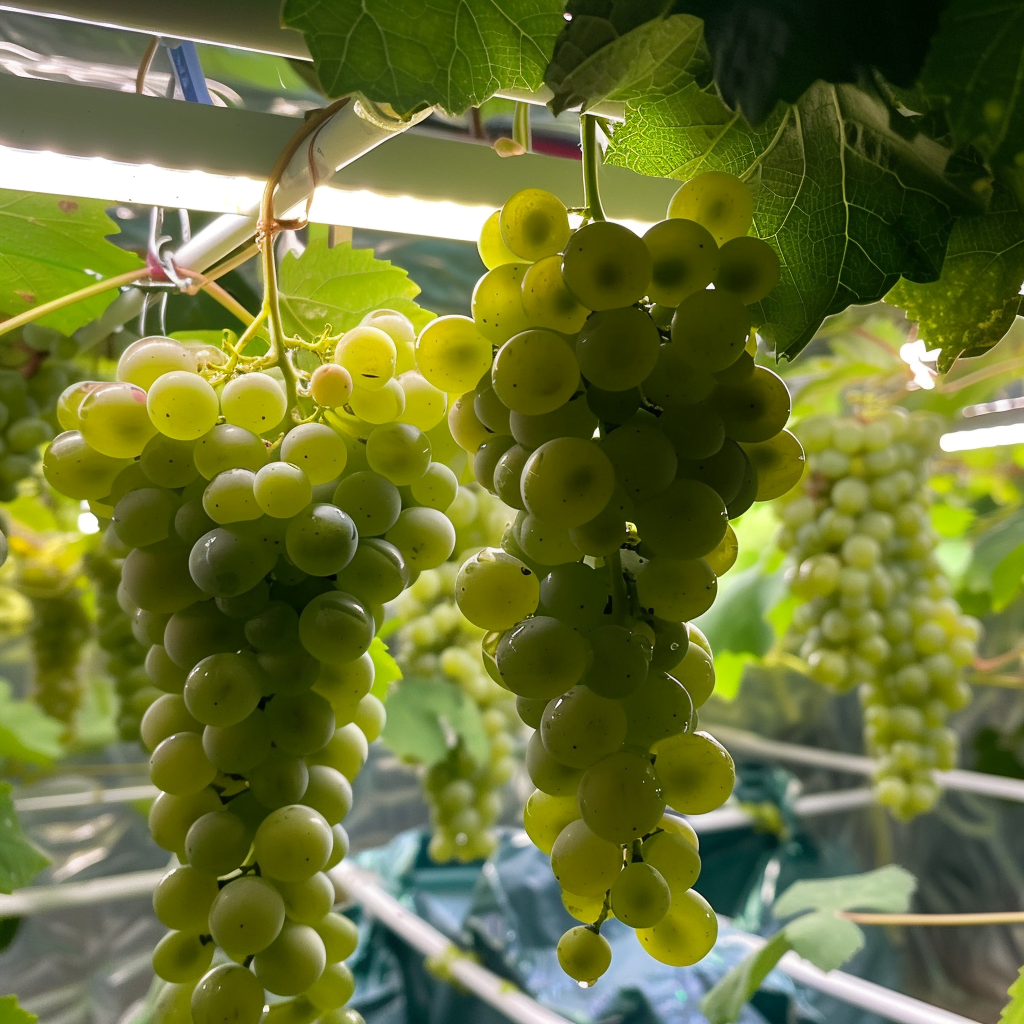
Grape Varieties Best Suited to Hydroponics
When choosing grape varieties for hydroponics, look for types with these characteristics:
- Table grapes – Varieties grown for fresh eating tend to do better than wine grapes in hydroponic systems.
- Seedless varieties – Seeded grapes develop less consistently in the rapid growth environment of hydroponics. Popular seedless options include Thompson, Flame, and Crimson.
- Compact or dwarf varieties – Full-size grape vines get excessively large for indoor hydroponic systems. Compact vines likepixie grape stay more manageable.
- Hybrids for hydroponics – Varieties like Santa Maria and Summertime Rose have been specially bred to thrive hydroponically.
Hydroponic Systems for Growing Grapes
Several hydroponic systems can work for grapes. Some top options include:
- Deep Water Culture (DWC) – Grape roots grow directly in an aerated nutrient solution reservoir. Simple to set up but requires careful monitoring.
- Nutrient Film Technique (NFT) – Shallow stream of nutrient solution constantly flows through sloped channels where roots grow.
- Ebb and Flow – Roots sit in an inert media like gravel or rockwool while nutrient solution intermittently floods the root zone, then drains.
- Drip Systems – Nutrient solution is delivered at regular intervals directly to roots via drip emitters. Requires less monitoring than static solution systems.
- Aeroponics – Roots hang suspended, and nutrient mist gets sprayed directly onto them. Challenging for grapes but maximizes oxygen.
Grape Nutrient Solutions for Hydroponics
Grapes need the following macro and micronutrients in their hydroponic nutrient solution:
Macronutrients:
- Nitrogen
- Phosphorus
- Potassium
- Calcium
- Magnesium
- Sulfur
Micronutrients:
- Iron
- Manganese
- Zinc
- Boron
- Copper
- Molybdenum
For grape vines, the ideal EC (electrical conductivity) range is 1.2 to 1.6, and a pH between 5.5-6.5 is optimal. A two-part nutrient formula, with separate macro- and micronutrients, allows for more precise control.
During the fruiting stage, increase the concentration or ratio of phosphorus and potassium to promote grape cluster development.
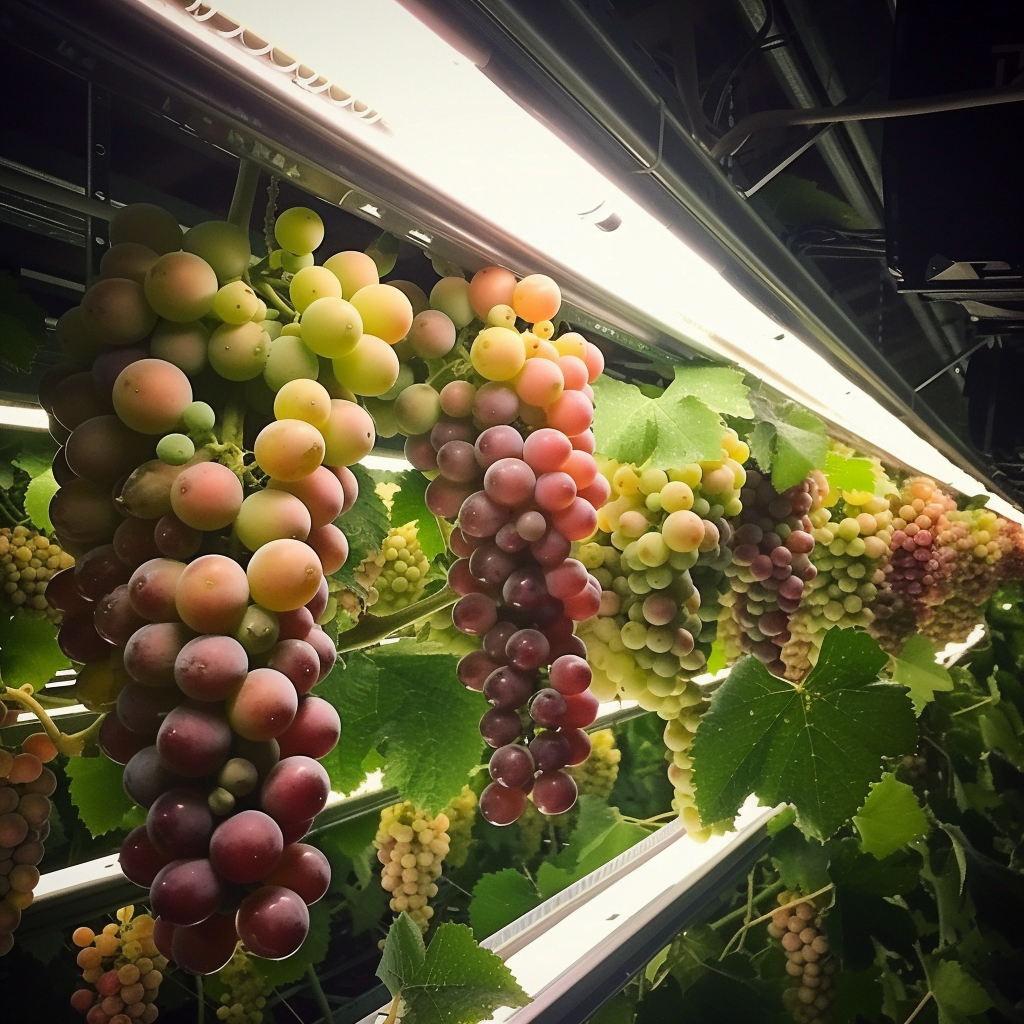
Lighting Needs for Hydroponic Grapes
Natural sunlight is ideal for hydroponic grapes, but LED grow lights can sufficiently substitute indoors. Provide 14-16 hours of light per day at an intensity of 500-1000 μmol/m2s during fruiting stage.
Ideal Temperatures and Humidity for Grapes
- Daytime temperatures: 75-85°F
- Nighttime temperatures: 65-75°F
- Relative humidity: 60-80%
Ensure the root zone temperature stays between 65-75°F. Supplemental heating and humidity control are often needed to maintain grape’s preferred environment.
Pruning and Training Hydroponic Grape Vines
Proper pruning and training maximizes the light exposure and air circulation grapes need.
- Trellis vines using top and bottom wire supports. This allows easy access when pruning.
- Prune annually, removing up to 90% of growth to control size and shape.
- Train vines into a V or Y shape. Allow 6-8 bud spurs per side.
- Remove inward growing shoots and excessive foliage for better air flow.
Harvesting Hydroponically Grown Grapes
Grapes typically reach maturity and full flavor within 100-120 days after flowering. Target picking grapes when:
- Berries develop deep color with a bloom.
- Berries easily detach from stems.
- Brix level (sugar content) reaches 18-25%.
Use clean, sterile pruners to cut entire clusters from vines. Store freshly picked grapes refrigerated in breathable containers. With optimal care after picking, they will last 2-4 weeks.
Conclusion
Growing grapes hydroponically comes with more complexity than soil cultivation but can be highly rewarding. The faster growth, higher yields, and ability to grow out of season or in non-traditional grape climates make it an approach worth considering. Keys to success include choosing compact, hybrid varieties suited to hydroponics, maintaining the ideal nutrient levels and environment, and properly training and pruning vines. While an investment up front, hydroponic grapes can pay off with bountiful, high-quality fruit.
